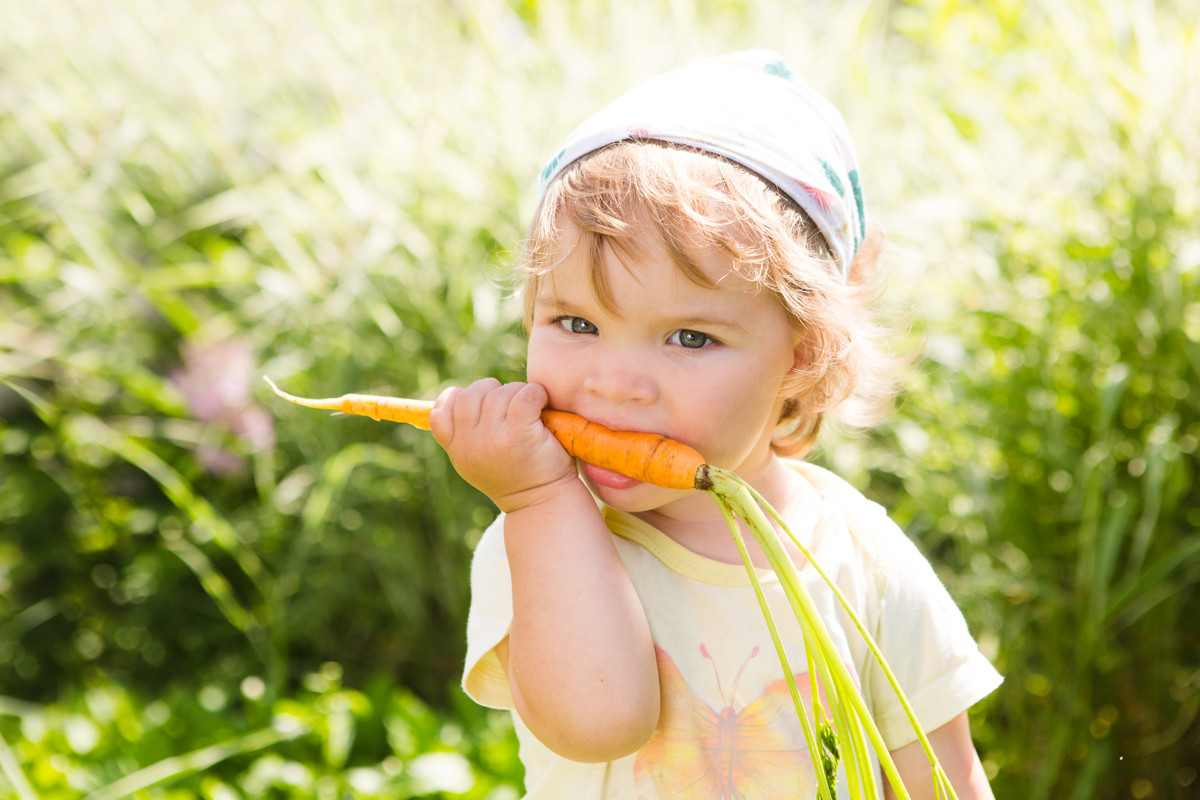
Why have we chosen this advice when another way works?
There are many ways to be successful in a garden and we are all biased in our preferences. How do we decide what advice to give you?
When we say we give best practice advice, what does "best practice" mean? This means that we recognize that there are many ways to be a successful gardener. Best practice looks at all these many ways we can successfully garden, considers the climate we live in, and what we value as gardeners. We then weigh these judgements to find the best approach for our personal situation. This doesn't mean that other ways are wrong, simply that we feel this way is our best recommendation - hence, best practice. At Gardening at USask, we value:
- pesticide-free gardening
- using few products
- water and soil conservation
- problem prevention, rather than reactive gardening
- methods that are less labour intensive
- simple methods. Plants need appropriate sun, healthy soil, and sufficient water to grow healthy. If we're going to recommend something more complicated than simply planting seeds in soil, it must prove worth the extra effort.
Many gardening methods work, but our best practice recommendations will always include mulch and we tend to prefer no-till methods. The exception to this is if you're tilling sporadically to reduce a pest.
Here are some of the questions we ask when we analyze advice:
- Is it safe for people/pets?
- Does it work? Is it evidence based?
- If research is weak, is this advice consistent with existing and emerging ecology, soil and plant science?
- If it works, does it work here?
- Does it work better than the “normal” in-ground approach?
- If so, how much time/energy/money is invested?
- What are the benefits/drawbacks of this approach?
- How does it impact the garden ecosystem?
- Is it worth it? In which situations?

